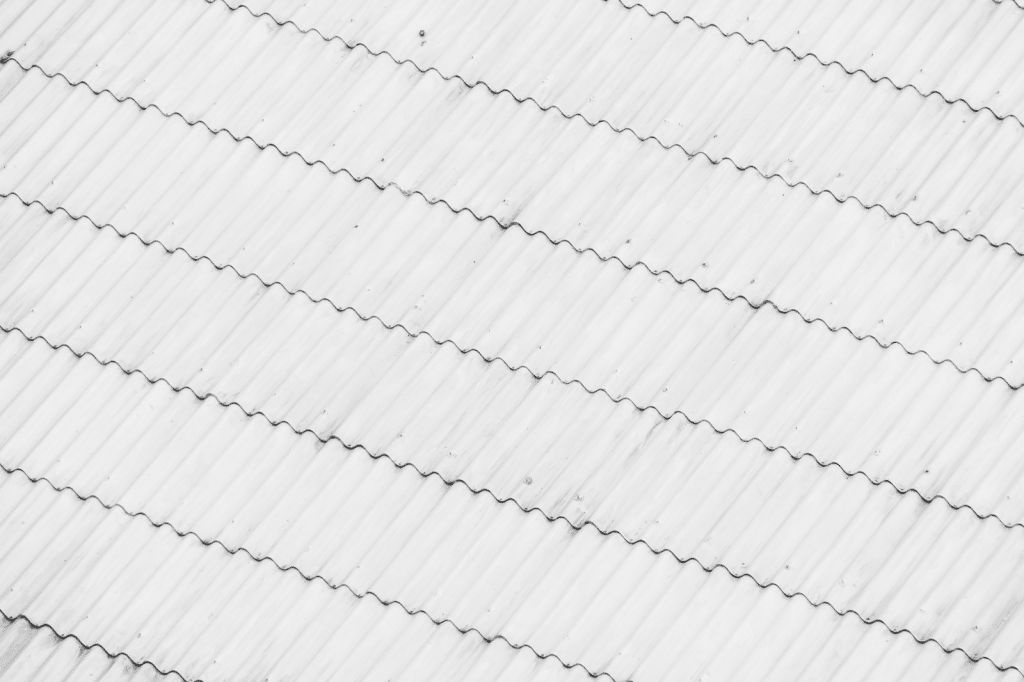Flat commercial roofs are a different world from residential ones. They require engineering precision, waterproof integrity, and materials built to withstand constant exposure. Unlike pitched roofs that shed water naturally, flat roofs must be designed to manage water through layers, slope design, and drainage. Choosing the right system affects not only the building’s protection but also its long-term operating costs, insulation performance, and ease of maintenance.
Built-Up Roofing (BUR)
Built-up roofing, often called “tar and gravel,” is the traditional system used on many older commercial buildings. It consists of multiple layers of bitumen (asphalt or coal tar) alternated with reinforcing fabric and finished with a layer of gravel or mineral coating. BUR systems are known for their longevity and resistance to foot traffic.
The biggest advantage of BUR is its proven track record. It performs well in high-traffic or industrial environments where impact protection matters. However, it is heavy and can require structural reinforcement for older buildings. Repairs can also be more complex compared to newer membrane systems.
For large warehouses or manufacturing facilities where durability outweighs aesthetics, BUR remains a dependable option.
Modified Bitumen Roofing
Modified bitumen is an evolution of BUR. It combines asphalt with rubber modifiers and reinforcing materials to increase flexibility and weather tolerance. The result is a system that handles temperature fluctuations better than traditional asphalt.
Modified bitumen roofing is typically installed in multiple plies and can be applied with heat welding, cold adhesive, or self-adhesive sheets. It provides a strong, watertight seal while allowing some elasticity—important for climates that swing from freezing winters to hot summers.
This system offers the classic reliability of BUR with easier installation and lower maintenance. It’s an excellent choice for smaller commercial buildings or facilities that want a balance of cost and performance.
If you are planning a roof installation or replacement in Central Ohio, The Roofing Guys offer commercial roofing systems built for strength, weather resistance, and energy efficiency. Their team specializes in solutions that balance cost, performance, and longevity—ensuring every flat roof meets the demands of the Midwest climate
EPDM (Ethylene Propylene Diene Monomer)
EPDM, known as rubber roofing, is one of the most widely used materials for flat roofs. It is a synthetic rubber membrane known for its durability, weather resistance, and simplicity. EPDM performs especially well in regions with variable weather because it expands and contracts without cracking.
One of the key benefits is its lifespan—EPDM roofs can last 25 to 30 years when properly maintained. The material is lightweight and available in large sheets, minimizing seams that can lead to leaks. It also resists UV radiation, ozone, and thermal shock, making it ideal for Ohio’s climate extremes.
EPDM is typically installed in black or white, with white membranes offering greater energy efficiency by reflecting sunlight. Its maintenance requirements are minimal, making it a strong long-term investment for property owners who prioritize reliability over aesthetic complexity.
TPO (Thermoplastic Polyolefin)
TPO roofing has become the fastest-growing commercial roofing system in the United States. It combines the best qualities of EPDM and PVC while offering energy savings through its reflective white surface. TPO membranes are heat-welded at the seams, creating a watertight bond that is both strong and flexible.
TPO resists mold, dirt buildup, and punctures, making it suitable for restaurants, offices, and retail spaces where rooftop cleanliness and appearance matter. It also reflects solar heat, reducing cooling costs during summer months.
One of the key advantages of TPO is its balance between performance and cost. It provides many of the benefits of high-end PVC at a more accessible price point, with installation methods that allow for rapid, efficient coverage on large surfaces.
PVC (Polyvinyl Chloride) Roofing
PVC roofing is a premium option for flat commercial buildings. It’s a single-ply membrane known for exceptional resistance to chemicals, grease, and fire. This makes it especially popular for restaurants, industrial facilities, and buildings with rooftop HVAC or exhaust systems.
PVC roofs are heat-welded at the seams, producing an extremely tight seal. They are also energy efficient, reflecting sunlight to maintain lower roof temperatures and reduce cooling costs. PVC’s rigidity helps it maintain its form under heavy loads, and its resistance to chemicals makes it durable in harsh environments where other materials may degrade.
While PVC can cost more upfront than TPO or EPDM, its longevity and performance often justify the investment—particularly in demanding commercial settings.
Choosing the Right System
The best roofing system for a flat commercial building depends on multiple factors: building design, local climate, foot traffic, energy goals, and budget. A warehouse may need the resilience of BUR or modified bitumen. An office complex may benefit more from TPO or PVC for efficiency and aesthetics.
A proper inspection and consultation ensure the chosen system delivers both performance and longevity. The right installation is as critical as the material itself, ensuring watertight seams, proper drainage, and optimal insulation.
